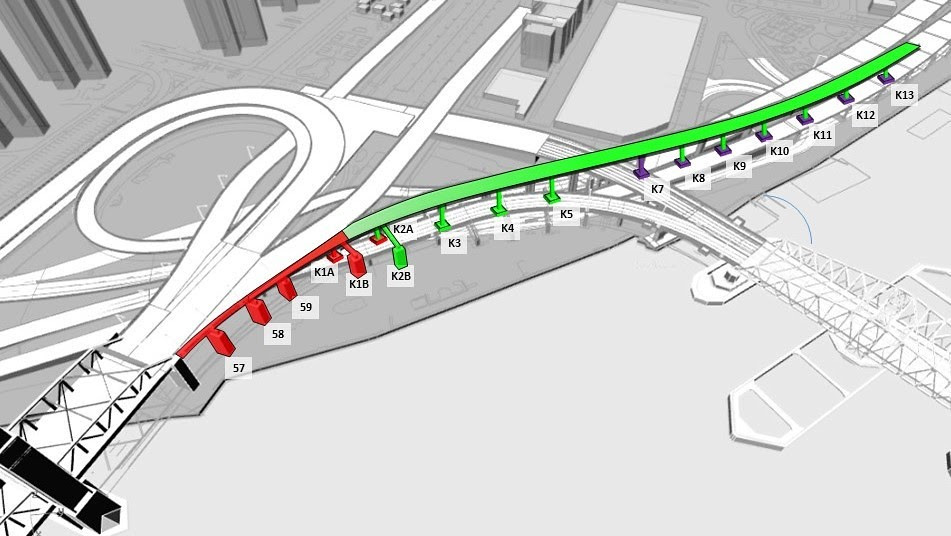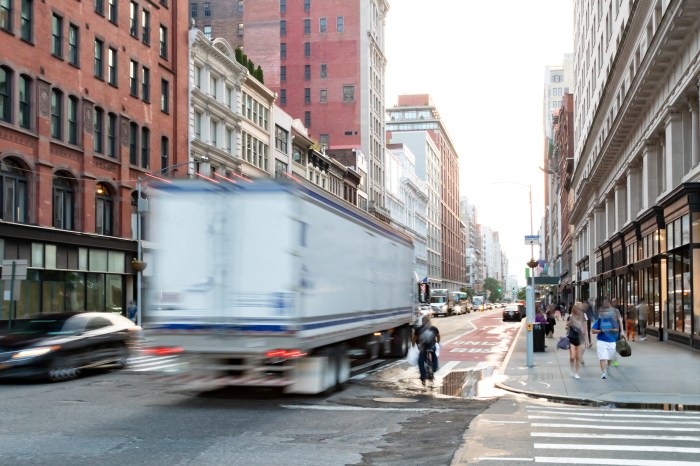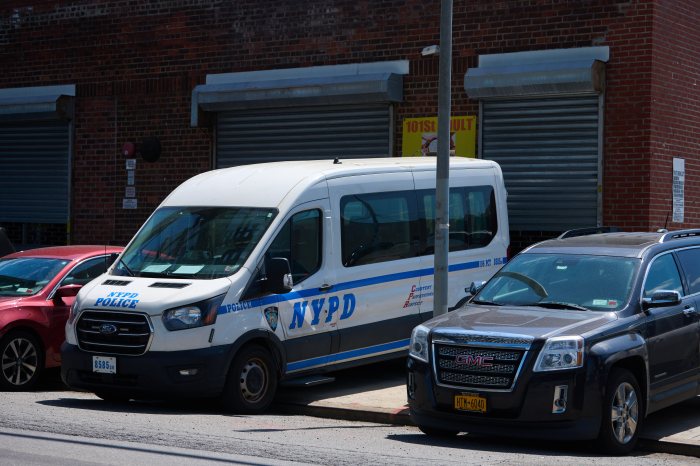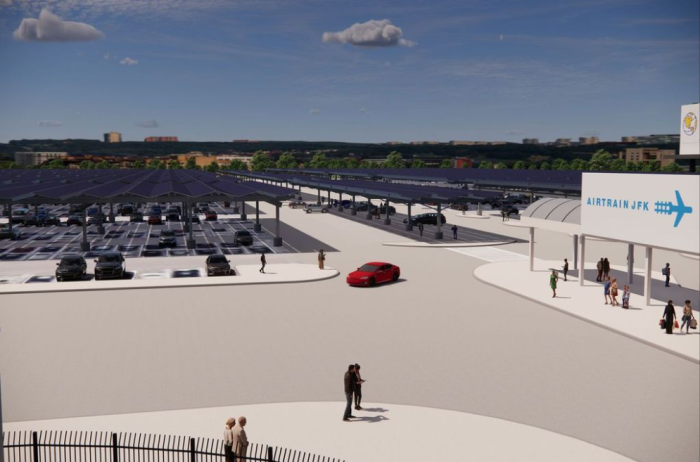MTA Bridges and Tunnels have unveiled plans to lift traffic out of neighborhoods surrounding the Manhattan side of the RFK Bridge where advocates say is hostile territory to pedestrians and cyclists.
The authority plans to construct a new exit ramp northbound onto Harlem River Drive to bypass streets in East Harlem under a 15-month, $48 million design-build contract, the MTA said.
Transportation Alternatives spokesman Joe Cutrufo said the area saw the death of cyclist in 2019, the deadliest year in at least 20 in the city which saw a total 29 lives lost. Of the 29, 25 were killed by larger vehicles, trucks and buses.

But the MTA says this confusing traffic jam will be avoided in 2021 when the “gently-graded” 1200-foot ramp will be in service.
Funding for the project comes from the MTA’s 2015-2019 Capital Plan, according to the MTA.
Whether or not the ramp will bring positive changes in air quality for surrounding residents, it is not the first move by the MTA to bring improvements to the 125th Street corridor where activists say the people are choking on fumes. New York City Transit is piloting a zero emissions articulated bus down 125th Street which sees the highest asthma rate in the city.
The M60 route between Harlem and LaGuardia Airport is the longest in the city and will test the bus’s juice over 20 miles of roadway loaded down with customers.
For now, there is only one zero emissions bus on the M60 route, but at least four others are circulating along the East Side.


















